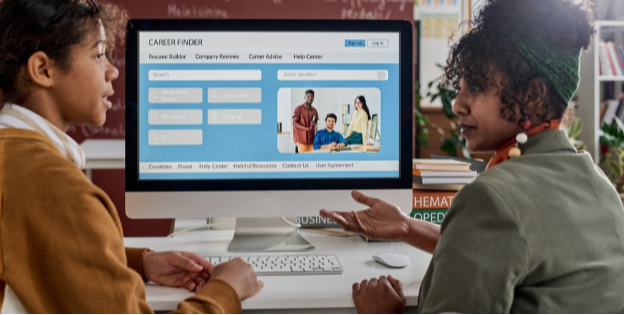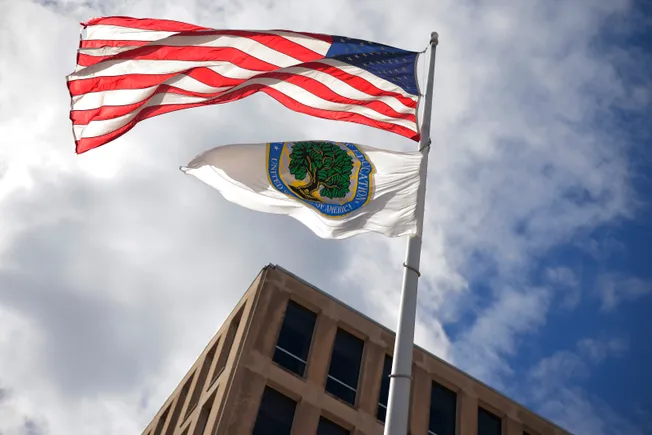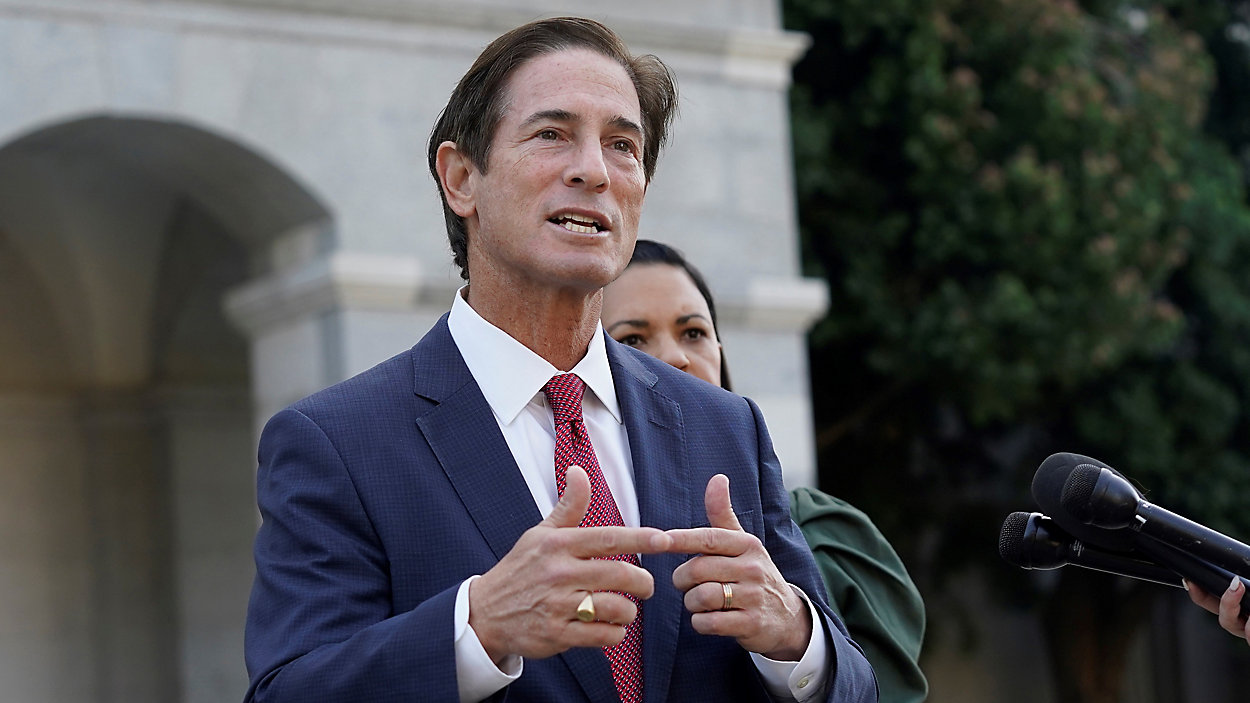Media_Photos/Shutterstock
Career services and higher education in general are often at the forefront of helping students adjust to current events and societal expectations. During the COVID-19 pandemic, campus communities and families looked to career services to make sure our students were still getting jobs. In light of more recent events (the challenging job market, AI’s impact on job demand, and funding cuts to higher education), people are once again looking at career services to ensure our recent grads are employable, self-supporting, and making the most of their academic training in careers that are relevant to what they studied.
Our students are coping with many changes politically, socially, and economically that may threaten their identities, financial security, and well-being. Anywhere from 20-50% of college students are experiencing anxiety and other mental health concerns. The stress and anxiety around career planning may exacerbate these concerns. As career services professionals, we know that students tend to be more successful and more engaged when they feel happy, supported, and safe, so our first priority as staff should be to focus on their well-being.
It’s an exciting time to be a career services professional (albeit a bit scary and nerve-wracking, too!). We must balance fulfilling our professional role of supporting our students’ career paths while also respecting and allowing space for them to prioritize their safety and mental health.
Some students might see our standard programming of career fairs, info sessions, and workshops as us overlooking the very real problems they are now facing, even if that isn’t our intention. In today’s world, we, as career services professionals, need to pause, take a step back, and ask questions about what truly is most important for our students before trying to program our way out of problems.
Below are some initial questions to consider as we strive to keep our programming student-centered, relevant, and considerate of our students’ overall well-being.
Critical Questions to Guide Career Services Work
1. How do we support and advocate for the whole student — their wellness, intellect, and career prospects — amid challenges that may impact their identities and well-being?
Asking students about career interests is not enough; our approach must be grounded in their situation, informed by how current events are impacting them as individuals.
In our own work, we have found that asking more questions during a career counseling session often reveals deeper layers to what a student is seeking. What might show up as a job search appointment may actually be a coaching session to understand their own resilience in the face of setbacks.
2. What are potential cross-campus collaborations that we can employ to support student identity and career development at the same time?
In situations when our students are facing a lack of emotional and physical safety, we have to recognize that “business as usual” cannot be our model anymore.
Partnering at the outset with identity-based orgs, wellness centers, and basic needs offices can lead to rich partnerships that keep the whole student front and center in our programming, rather than merely tailoring existing career development programming to certain student groups. Engaging with these collaborators early can allow for a more integrated approach to career development.
Additionally, partnering with departments like residence life, orientation, and academic affairs would allow career services to be integrated into already existing programs that are a part of the shared student experience. These programs already have requirements that students must meet to maintain good standing, so partnering with them to include career development in existing curriculum, training, and coursework would be a logical step.
We would be adjusting these programs to meet the changing needs of our students without asking the students to add anything new or extra to their already full schedules. Examples include encouraging faculty to include a module on career planning with the support of the career office or allowing career services to offer a career exploration assessment during orientation.
3. What does it look like to be a proactive advisor in times of change and uncertainty?
A proactive advisor will elicit the student voice and then be responsive to what students need and want from their career services experiences. Whether through focus groups, community-based listening, or other kinds of student feedback, we must take a student-centered approach to our engagement.
At a time when students may feel their voices are not being heard at the national level, we need to be a safe and supportive place for them to share their concerns.
4. How can we support students’ professional goals without coming across as tone deaf?
Depending on how our students identify, their very safety may be under threat. Yes, our students will still need resume and cover letter advice, but they might need to prioritize their mental health and safety first.
When attendance numbers are low, we must avoid blaming students for deprioritizing an event and instead ask ourselves if we are unintentionally contributing to a student’s sense of overwhelm.
Conclusion
As career services professionals, we often feel pressured to have all the answers — not just to provide guidance to our students, but to know exactly how to pivot the moment challenges arise. It’s important to remember that we are human too. Just like our students, we are navigating a constantly changing landscape full of questions and uncertainty. We won’t and can’t be expected to have all the answers, especially at the rate we are experiencing shifts in societal norms.
While it may be tempting to adopt and adapt programming that worked in the past, it is more important now than ever that we take a second to breathe — the same advice we would give our students before answering a tough interview question — and be thoughtful and proactive in our outreach and programming.
Reacting to current events with more programming might have worked in the past, but today, what our students may need most is for us to listen. We are called to remain flexible, help find answers, and support our students’ dynamic needs and goals in an ever-changing environment.



























